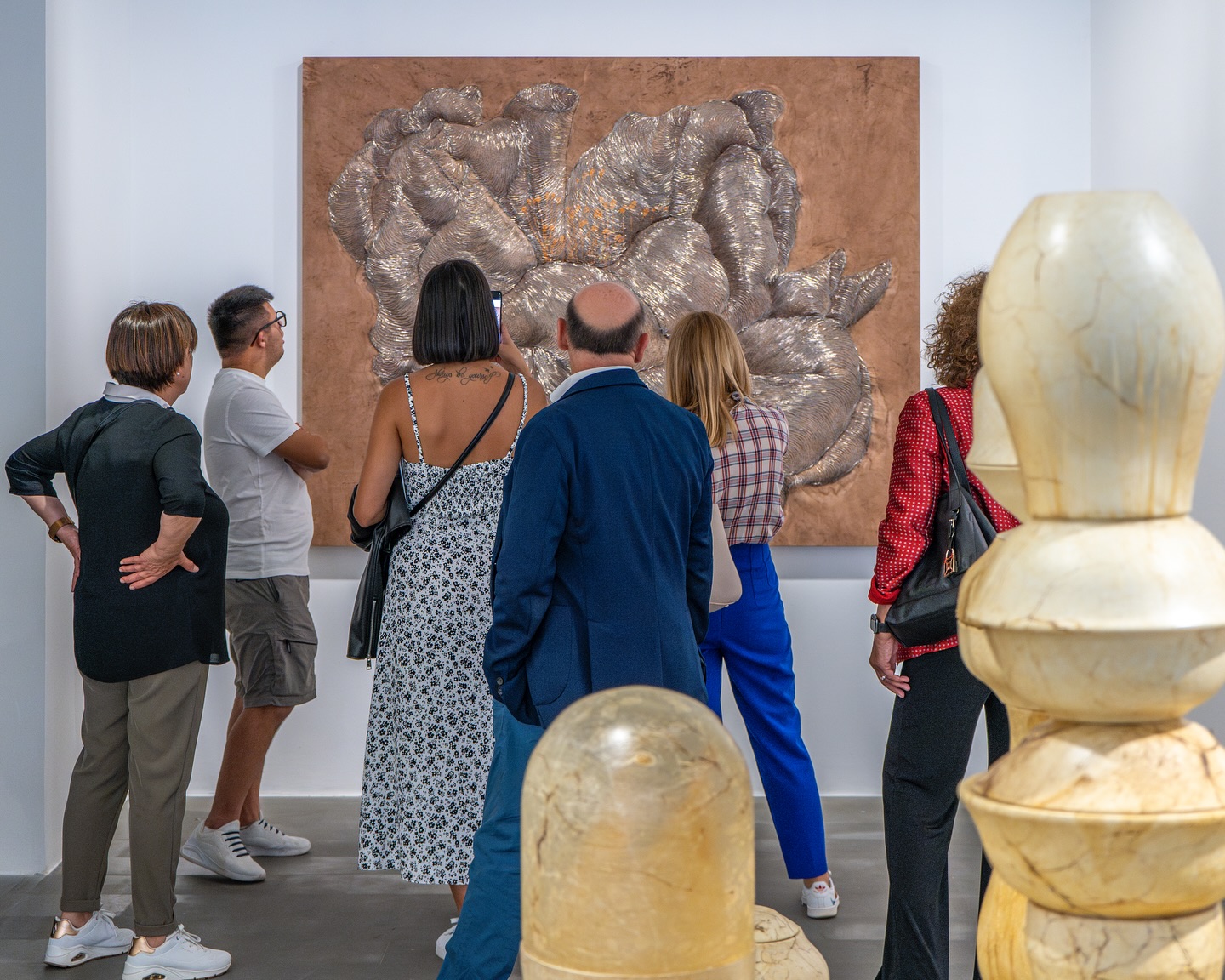I’m staying here
The decision by the National Gallery of Modern Art in Rome to limit the time visitors can spend in the museum with an entrance ticket valid for only three hours has sparked debate. After that, everyone has to leave. It is clear that every museum has its own policies for welcoming visitors based on its possibilities and needs.
The flow dynamics in the chaotic spaces of the Uffizi or the Vatican Museums, for example, would require useful restrictions, both from a hygienic perspective (to avoid crowds even beyond COVID-19), and from the point of view of enjoying the artworks, ensuring that their enjoyment is not hindered by crowds moving through rooms like cattle in Segantini’s paintings.
But these are exceptional cases that attract mass tourism, which is generally allergic to depth, curiosity for the new, or less-traveled paths. It is these paths – which are far more numerous than the few popular destinations – that remain at the heart of the famous hospitality strategy launched by Anglo-Saxon museums at least twenty years ago, which promotes the museum as a destination rather than just a transit point: a place to stay, a place to inhabit, a versatile space offering services aimed at the “slow experience” – the museum experience, which seeks to extend the time spent there rather than cutting it short.
This is why cafés, libraries, reading areas, workshops for all ages, bookshops, and even additional offerings such as yoga or pilates classes have emerged. Staying at the museum means breathing in art and culture, even when drinking a cappuccino or doing stretching exercises.
At the MAN – space permitting – we have hosted a variety of activities over time (including yoga), tastings, dance and jazz performances, photo shoots with artworks, contemporary art lessons, and workshops for the public.
When the new location in Piazza Satta is finally completed, in addition to the café, we plan to have a large space dedicated to a library where schoolchildren can stop to study and citizens can read magazines or newspapers, without anyone monitoring their entry time to gently suggest an exit. In short, we dream of an unlimited museum, a 24/7 welcome, non-stop opening hours for families with children who choose the museum as a destination in their free time.
Therefore, faced with the thousand difficulties that plague the life of museums, between sustainability, necessary enhancement, sky-high costs, and, above all, a civic mission to be carried out with dignity, perhaps the last problem should be a timed ticket like those at the subway.
Because, if the daily struggle remains to bring the public into the museum, the real dilemma from now on will be how to prevent them from leaving.
Chiara Gatti

